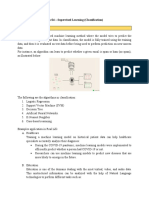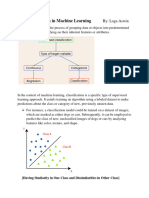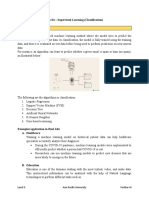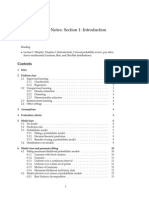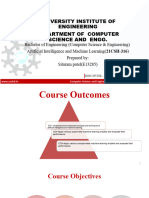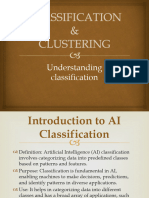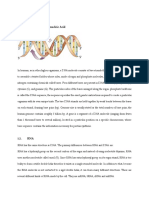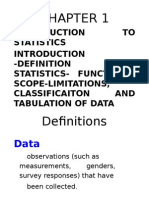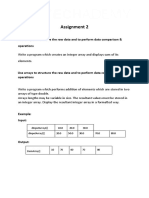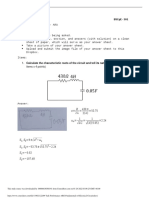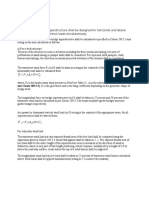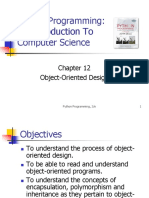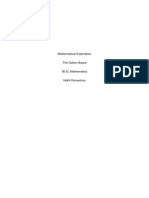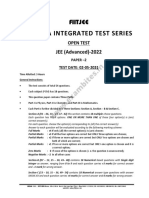0% found this document useful (0 votes)
6 views4 pagesClassification in Machine Learning
Classification is the process of recognizing and grouping objects into predefined categories using machine learning algorithms. It includes two types of learners: lazy learners, which store training data before making predictions, and eager learners, which build models from training data before testing. There are various classification tasks such as binary, multi-class, multi-label, and imbalanced classification, each with specific algorithms suitable for their respective tasks.
Uploaded by
ghugekrish824Copyright
© © All Rights Reserved
We take content rights seriously. If you suspect this is your content, claim it here.
Available Formats
Download as PDF, TXT or read online on Scribd
0% found this document useful (0 votes)
6 views4 pagesClassification in Machine Learning
Classification is the process of recognizing and grouping objects into predefined categories using machine learning algorithms. It includes two types of learners: lazy learners, which store training data before making predictions, and eager learners, which build models from training data before testing. There are various classification tasks such as binary, multi-class, multi-label, and imbalanced classification, each with specific algorithms suitable for their respective tasks.
Uploaded by
ghugekrish824Copyright
© © All Rights Reserved
We take content rights seriously. If you suspect this is your content, claim it here.
Available Formats
Download as PDF, TXT or read online on Scribd
/ 4
















